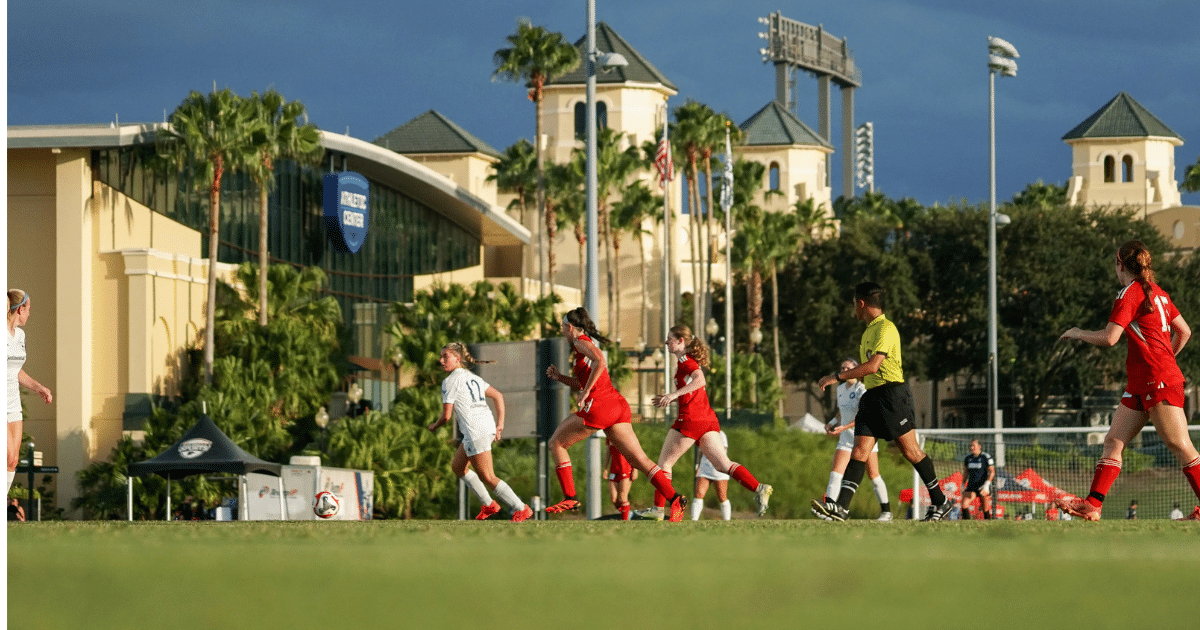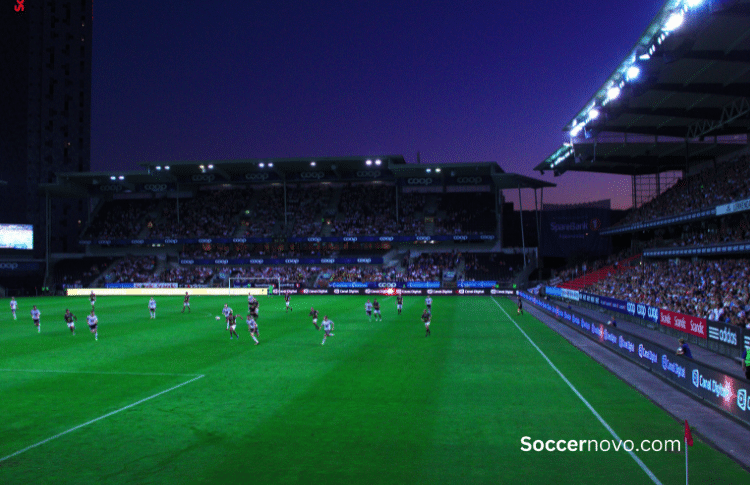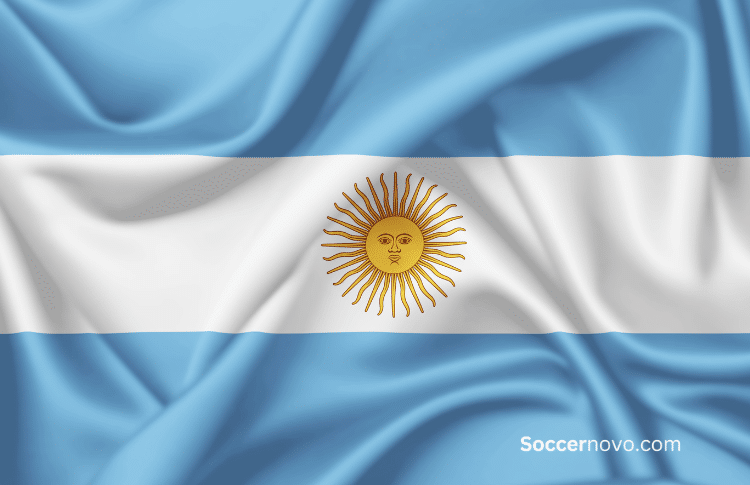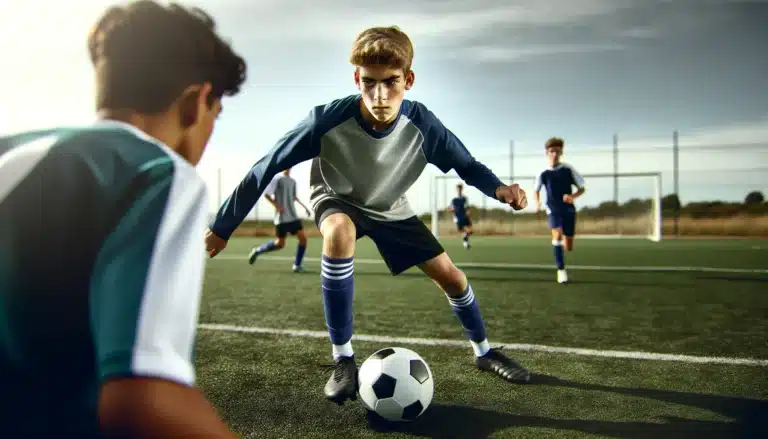Mastering the Central Defensive Midfielder (CDM) Role

The Central Defensive Midfielder (CDM) operates in soccer’s most critical battleground – the space between defense and attack, serving as both the team’s shield and its launching pad for offensive plays.
TL;DR:
What Exactly Does a CDM Do?
Positioned centrally just ahead of the defenders (typically wearing #6), the CDM serves as the tactical backbone of successful teams.

This pivotal position requires players who can disrupt opponent attacks consistently, distribute the ball with purpose, maintain excellent field awareness, and provide on-field leadership.
In my experience coaching youth soccer, the most effective CDMs think two steps ahead, reading the game like chess masters. They balance defensive responsibilities with offensive opportunities, becoming the heartbeat of their team.

The Game-Changing Impact on Youth Teams
I’ve witnessed countless matches transformed by skilled CDMs in youth soccer. A single player in this position can control the game, shut down counterattacks, and completely frustrate the opposing team’s strategy.
What’s particularly interesting is that these influential players aren’t always the biggest or fastest – their positioning and decision-making make the difference.
Building Tomorrow’s Leaders
What truly sets the CDM position apart is how it develops leadership qualities. Players who embrace this role learn to direct teammates, take responsibility for crucial defensive plays, and maintain a fearless mentality when facing challenges.
In my opinion, no position in soccer develops leadership qualities more effectively than the CDM role. The skills gained here – reading the game, directing teammates, tactical awareness – extend far beyond the pitch.
The Modern CDM: Beyond Just Defense
The evolution of soccer has transformed the CDM position. Today’s players must be versatile, comfortable both breaking up attacks and launching counterattacks. We see this in the different CDM variations:
- Classic Destroyer: Focused on defensive disruption
- Deep-Lying Playmaker: Emphasizes distribution
- Box-to-Box: Covers extensive ground both ways
Skills That Set Great CDMs Apart

Successful CDMs develop several key abilities:
- Precise tackling technique
- Exceptional positional awareness
- Varied passing range
- Advanced game reading ability
- Superior physical conditioning
I believe the CDM position is often underappreciated but is recognized as absolutely essential by coaches and serious players. The best teams in the world prioritize excellence in this position.
Learning from the Pros
Young players looking to master this position should study professionals like Casemiro (physical presence and tactical awareness), N’Golo Kanté (tireless work rate and interception skills), and Declan Rice (modern hybrid style).
The CDM Mindset
Remember, the Central Defensive Midfielder role is far more than just a position – it’s a mindset. Success doesn’t depend primarily on size or speed but rather on mental toughness combined with technical skill.
The modern game needs more players willing to do the “dirty work” in midfield. Are you ready to accept the challenge?

Written By: Beau Bridges
Beau is the founder of SoccerNovo, dedicated to helping players and parents navigate the youth soccer landscape. As a former youth coach and soccer parent, he shares insights on player development, recruiting, and the ever-evolving soccer scene in the U.S.
Let’s connect





